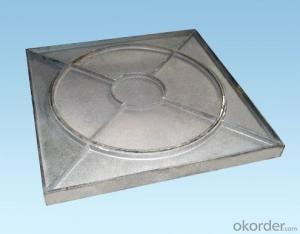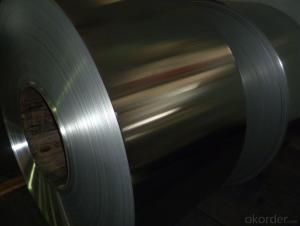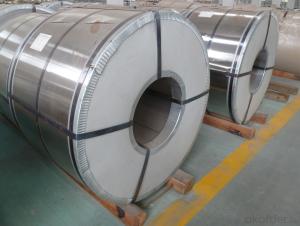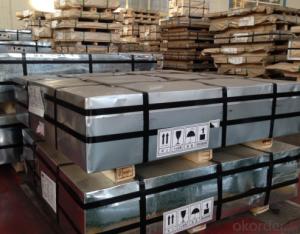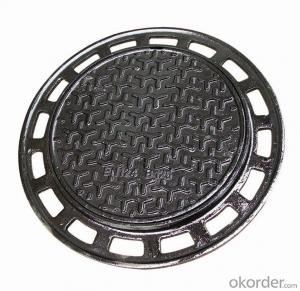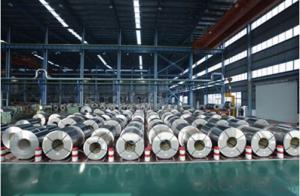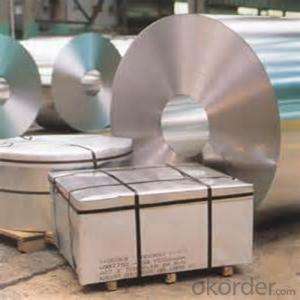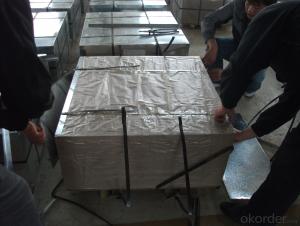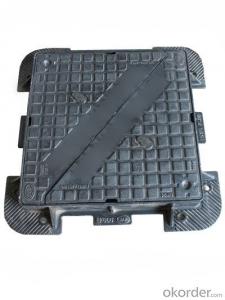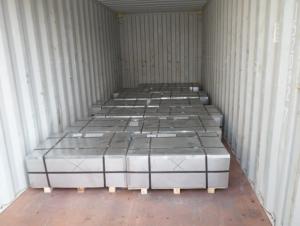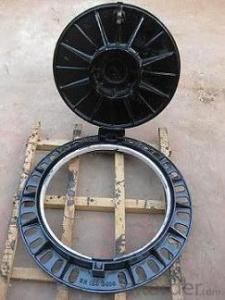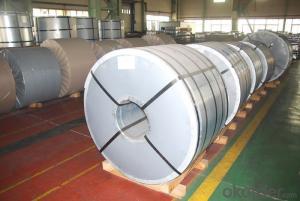Tinplate Cover
Tinplate Cover Related Searches
Galvanized Steel Trash Can Slim Trash Can Stainless Steel Stainless Steel Step Trash Can Tinplate Printing Machine Tinplate Coil Quotes Packaging Tape Art Double Reduced Tinplate Furniture Packaging Materials Mth Standard Gauge Tinplate Tinplate Fire EngineHot Searches
Garden Decorations For Sale Garden Awnings For Sale Esd Mat Price Garden Slabs Sale Garden Bench Sale Garden Supply Company Catalog Local Garden Supply Stores Shade Netting Manufacturers South Africa Shade Net Prices In Sri Lanka Shade Net Manufacturers In Bangalore Shade Net Suppliers In Uae Cost Of Shade Net Per Acre Shade Net House Construction Cost Agro Shade Net Machine Manufacturers Masonry Construction Type Real Estate Builders & Construction Company Buy Shade Net Online India Net Manufacturers Tinplate China Tinplate Stock PriceTinplate Cover Supplier & Manufacturer from China
Okorder.com is a professional Tinplate Cover supplier & manufacturer, offers integrated one-stop services including real-time quoting and online cargo tracking. We are funded by CNBM Group, a Fortune 500 enterprise and the largest Tinplate Cover firm in China.Hot Products
FAQ
- Some of the challenges in printing on tinplate include the difficulty in achieving accurate and precise color reproduction, the need for specialized inks and printing processes, and the potential for adhesion issues due to the smooth and non-porous surface of tinplate. Additionally, the durability of the printed image may be compromised due to scratching or rubbing, and the high cost of tinplate printing equipment and materials can also pose a challenge.
- Tinplate is typically coated for toys and games using a process called electroplating, where a thin layer of tin is deposited onto the surface of the metal. This electroplating technique helps enhance the appearance, durability, and corrosion resistance of tinplate, making it suitable for various toy and game applications.
- Tinplate packaging can have a positive impact on brand image and perception. Its durability and premium appearance can enhance the perception of the brand, conveying a sense of quality and sophistication. Additionally, the ability to customize tinplate packaging with unique designs and finishes can help brands differentiate themselves and create a memorable impression on consumers. Overall, tinplate packaging can contribute to a positive brand image, reinforcing the brand's values and attracting customers.
- Tinplate for signage is typically coated through a process known as electroplating, where a thin layer of metal, such as tin or chromium, is deposited onto the surface of the tinplate. This coating not only enhances the visual appeal of the signage but also provides protection against corrosion and improves its durability.
- There are several types of tinplate surface treatments, including electrolytic tinplate (ETP), tin-free steel (TFS), blackplate, and lacquered tinplate.
- No, tinplate packaging cannot be used for microwaveable products as it is a metal material and can cause sparks or fires in the microwave.
- The common corrosion protection methods used for tinplate include electroplating, organic coatings, and lacquering. Electroplating involves depositing a layer of tin onto the surface of the tinplate to provide a barrier against corrosion. Organic coatings, such as epoxy or polyester, can also be applied to protect the tinplate from moisture and other corrosive elements. Lacquering is another method where a layer of lacquer is applied to the tinplate to create a protective barrier.

















